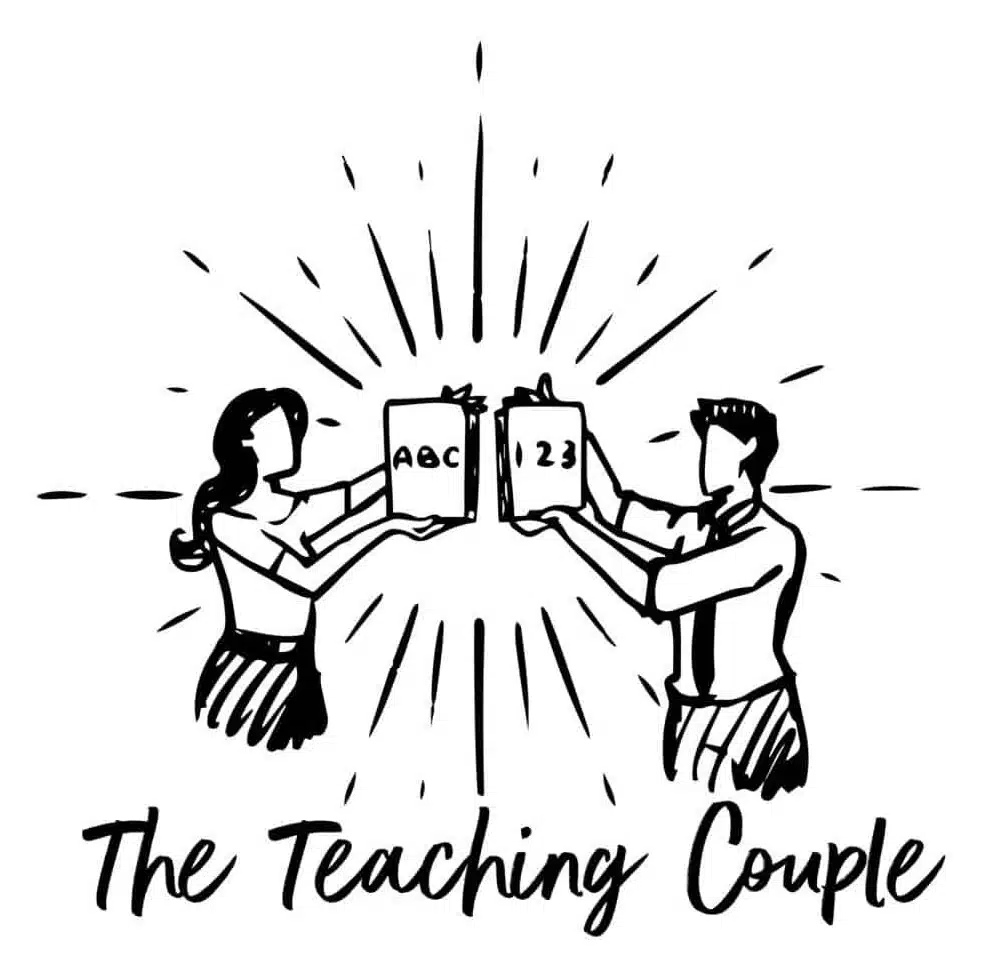An ode is a form of lyric poetry, often exuding a high sense of reverence and admiration, which has stood the test of time, having been favoured by poets since ancient history.
Originally emerging from the Greek tradition, the ode has traversed centuries, evolving through the pens of classical poets to modern wordsmiths, but it has always maintained its characteristic celebration, reflection, or dedication to a particular subject or event.
This poetic form allows the poet flexibility in structure while typically adhering to a ceremonious and elevated tone, which brings distinction to the verses.
Related: For more, check out our article on How To Teach Ode Poetry here.

Throughout literary history, various odes have been categorised depending on their structure and subject matter.
Traditional forms such as the Pindaric and Horatian odes have specific patterns and themes, whereas the irregular or English ode offers more freedom in its expression.
Noteworthy poets have employed these forms to encapsulate themes ranging from personal affection to grandiose philosophical musings, harnessing the ode’s potential to convey profound sentiments and complex themes within their stanzas.
Key Takeaways
- Odes are a ceremonial form of lyric poetry with a tradition stretching back to antiquity.
- The structure of odes varies, with established forms like Pindaric and Horatian, and the more flexible English ode.
- Notable themes in odes include admiration, reflection, and celebration, often delivered in a dignified tone.
Related: For more, check out our article on How To Teach Sonnet Poetry here.
Historical Context of Ode Poetry
Ode poetry has a rich historical backdrop, originating in Ancient Greece and undergoing transformation through the hands of notable poets across centuries.
This lyrical form has been shaped by cultural and artistic influences to become what it is recognised as today.
Origins in Ancient Greece
Ancient Greece stands as the cradle for odes, where structured poetic forms were often set to music. The Greek poet Pindar is particularly recognised for crafting the choral ode, which was performed with accompaniments at public events.
These odes were distinguished by complex metres and a tripartite structure – the strophe, antistrophe, and epode – which established a rhythmic pattern for the verses.
Development and Evolution Over Time
As odes travelled through time, their structures and themes diversified. The Latin poet Horace fashioned a more personal and reflective style of odes, which differed from the public and communal nature of Greek odes.
This extension into the Roman cultural sphere symbolises a pivotal shift in the ode’s purpose, framing it as a medium for personal expression alongside communal celebration.
Influence of Notable Poets
The ode form was revitalised during the English Romantic period, with poets such as John Keats contributing significantly to its evolution. Keats’s odes, such as “Ode to a Nightingale” and “Ode on a Grecian Urn,” highlight a blending of introspection and sensory detail that set a precedent for modern interpretations of the form.
Their work illustrates how the ode can convey deep personal sentiment while still echoing its classical roots.
Related: For more, check out our article on Examples of Free Verse Poetry here.
Types of Odes and Their Characteristics
Odes are a dignified form of poetry characterised by their formal structural patterns and rich, emotive language.
They are traditionally divided into three types, each with distinct traits that set them apart: the Pindaric, Horatian, and Irregular, reflecting their origins and evolution through history.
Pindaric Ode
The Pindaric Ode, deriving its name from the ancient Greek poet Pindar, adheres to a formal structure with three main parts: the strophe, antistrophe, and epode.
The strophe and antistrophe serve as a pair of matched metre and form, while the epode typically has a different structure, offering resolution to the poem.
Horatian Ode
Horatian Odes, named after the Roman poet Horace, exhibit a more reflective and personal tone. Unlike the Pindaric form, this type maintains a consistent structure throughout, with equal-length stanzas and a formal rhyme scheme.
A Horatian Ode is tranquil and less formal, lacking the triadic structure of its Pindaric counterpart.
Irregular Ode
Irregular Odes break away from the established patterns of the previous two forms. They do not adhere to the same strophic arrangement or strictness in form, often forgoing a formal rhyme scheme. Irregular Odes provide poets with the freedom to express their thoughts without the constraints of traditional structure.
Each type of ode brings its own unique flavour to the realm of lyrical poetry, offering a diverse range of expression that has been celebrated and utilised by poets throughout the centuries.
Related: For more, check out our article on Examples of Haiku Poetry here.
Major Themes and Subject Matter of Odes

Odes are distinguished for their high-toned and ceremonious expression, often highlighting significant themes revolving around admiration, the splendour of the natural world, and profound introspection.
Celebration and Praise
Odes frequently serve as a platform for celebration and praise. They extol individuals, accomplishments, or even abstract concepts, conveying a sense of reverence and admiration.
Often, they are marked by an exuberant tone, encapsulating the essence of joy or esteem felt by the poet. This form respects tradition but can adapt to honour various subjects of contemporary significance as well.
Nature and Beauty
The depiction of nature and beauty is seminal to many odes, reflecting a deep appreciation for the visual and sensory elements of the natural world.
A common approach involves detailed and vivid imagery, aiming to convey the intricate beauty of landscapes, streams, or the more general essence of nature. The ode elevates these subjects, not merely as scenery but as embodiment of aesthetic and existential ideals.
Emotion and Reflection
Emotion and reflection are at the heart of this poetic form. Odes provide a vehicle for poets to explore and articulate their emotional responses to a thing or tribute.
Through expressions of love, music, or contemplative thought, the poet achieves a reflection that often goes beyond the personal to touch upon universal experiences, questions, and insights.
Related: For more, check out our article on Examples of Limerick Poetry here.
Structural Elements and Poetic Devices
The construction of an ode is characterised by intricate stanza forms, consistent meter, and a medley of sound patterns. Poets utilise vivid descriptive language to express admiration or dedication within this lyrical form.
Stanza Forms and Meter
Ode poetry typically employs structured stanzas that can vary from the classical models to more spontaneous forms. The most traditional Pindaric odes mirror the Ancient Greek style with a strophe, antistrophe, and epode.
These stanzas follow a set meter that creates rhythm and musicality. The Horatian ode, on the other hand, tends to utilise uniform stanza structures throughout, often with a quatrain making up each stanza.
Rhyme Scheme and Sound Patterns
The rhyme scheme in an ode is a crucial sound pattern that establishes its musical quality. Classical odes employ elaborate schemes, while English odes might feature simpler patterns, like ABAB or ABABC. Repetition and chorus elements not only enhance the musicality but often contribute to thematic development as well.
The use of rhyme helps to unify the stanzas and punctuate ideas, making the ode resonate with the reader.
Use of Descriptive Language
Ode poets are well-known for their rich use of descriptive language. This literary technique is employed to paint vibrant images and evoke emotions centred around the ode’s subject.
Metaphors, similes, and personification are intrinsic to this poetry form, granting life and character to inanimate objects or abstract ideas. With descriptive language, the ode does more than tell a story – it immerses the reader in the experience.
Related: For more, check out our article on How To Teach Haiku Poetry here.
Notable Odes and Their Poets

The ode is a form of poetry characterised by its expressive and often celebratory nature.
This section will explore some of the most significant examples of ode poetry and their creators, who have secured their places in the annals of literary history.
John Keats and ‘Ode on a Grecian Urn’
John Keats is renowned for his rich contributions to Romantic poetry, with ‘Ode on a Grecian Urn‘ being one of his most famous works.
This poem is a profound meditation on art and the eternal truths that it can communicate. Keats intricately examines the scenes depicted on an ancient urn and marvels at their ability to convey a story frozen in time.
Percy Bysshe Shelley and ‘Ode to the West Wind’
Percy Bysshe Shelley is another luminary of the Romantic era, distinguished for his passionate and radical thought. His seminal piece, ‘Ode to the West Wind,’ personifies the wind as a powerful force of nature that is both a destroyer and a preserver.
Shelley draws a parallel between the natural world and the human spirit in his aspiration for personal and societal transformation.
William Wordsworth and ‘Intimations of Immortality’
As a key figure in the development of English Romantic poetry, William Wordsworth is celebrated for his deep love of nature and his philosophical musings on life and death.
In ‘Intimations of Immortality,’ Wordsworth grapples with the loss of childhood wonder and the subsequent quest to reclaim it through a connection with nature. This work reflects his belief in the immortality of the soul and the profound impact of nature on the human experience.

